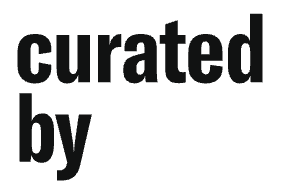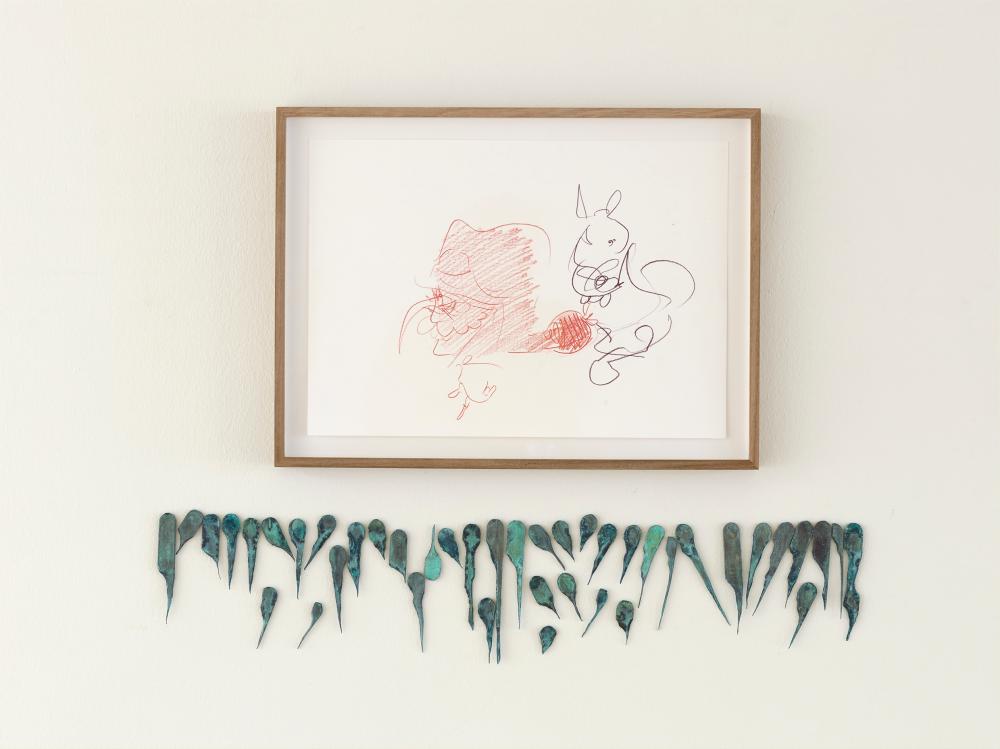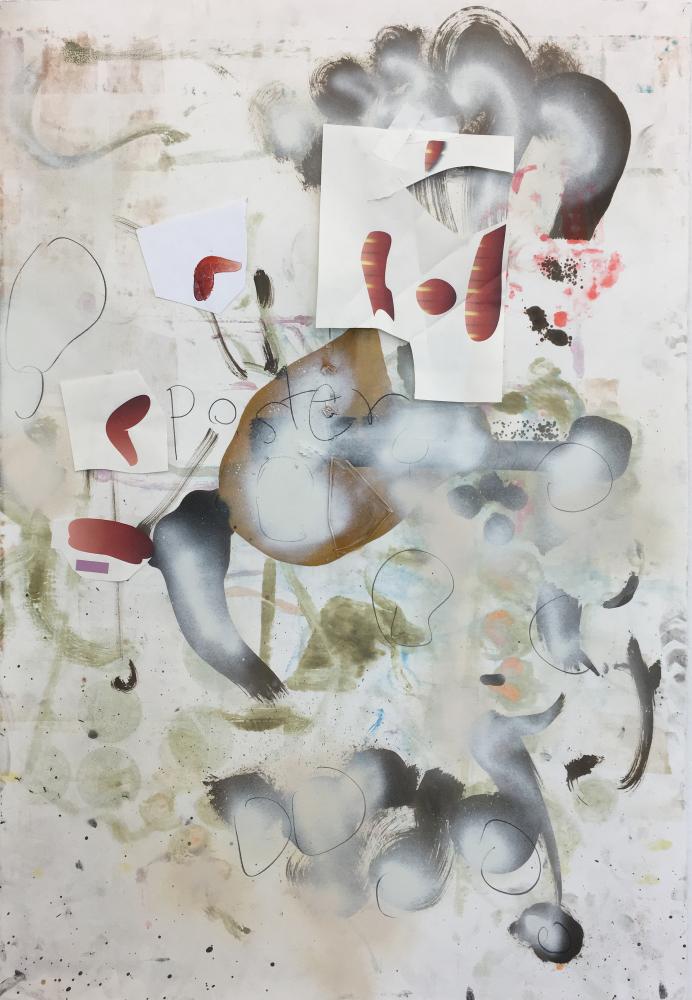Christine König Galerie curated by Moritz Wesseler
„URI ARAN | Time For An Early Mark, curated by_ Moritz Wesseler“
15.9 - 14.10.2017
Press release 

Christine König Galerie, Schleifmühlgasse 1, 1040 Vienna
www.christinekoeniggalerie.com
www.christinekoeniggalerie.com
Curator(s):
Moritz Wesseler
More 

Moritz Wesseler (*1980) has been Director of the Kölnischer Kunstverein in Cologne since 2013.
Artist(s):
-
Uri Aran More*1977, lives in New York
Exhibition text
More
Uri Aran, der 1977 in Jerusalem geboren wurde und heute in New York lebt, untersucht unter anderem die Grundlagen von Sprache und Kommunikation, die Bedingungen für soziale Interaktion sowie die Funktionsweisen von Gefühlsbewegungen. Ausgangspunkt seines Schaffens sind Zeichen, Symbole, Wörter, Gesten und Bilder, die von ihm in neue Sinnzusammenhänge gebracht werden.
Die Arbeiten suggerieren eine Form von Narration, geprägt von großer Offenheit und an die Vorstellungskraft des Betrachters appellierend. Für seine Präsentation in Wien hat Aran neue Werkgruppen geschaffen, die das zentrale Thema von curated by_ 2017 auf sehr unterschiedliche Weise aufnehmen. So erinnern die flachen, oftmals nur wenige Zentimeter messenden Bronzen, die an den Wänden der Galerie installiert werden, an Buchstaben oder Noten.
Durch ihre rhythmische Anordnung und ihre Strukturierung in den verschiedenen Bereichen der Ausstellungsräume werden Formulierungen angedeutet, die die sonstigen Arbeiten der Präsentation zu kommentieren scheinen, genauso aber auch losgelöst von den umgebenden Objekten eine Bedeutung und Wirkung entfalten. Auch wenn diese Metallstücke im Grenzbereich der Gattung Skulptur anzusiedeln sind, rufen sie die minimalen, malerischen Setzungen verschiedener Vertreter der Kunst der 1970er Jahre ins Gedächtnis. Während die Künstler damals die konzeptionellen Rahmenbedingungen der Malerei ausloteten, verfolgt Aran das Ziel, Fährten für Geschichten zu legen.
Eine ganz ähnliche Intention verbindet sich mit den Papierarbeiten des Künstlers, die eine große Bandbreite an Erscheinungsformen aufweisen und sowohl Bezüge zur klassischen Moderne, als auch zur Nachkriegskunst erkennen lassen. Einerseits finden sich in der Ausstellung relativ abstrakte Werke: mit wenigen Linien, Formen und Farben geschaffene Kompositionen, die sich einer eindeutigen Lesbarkeit entziehen, gelegentlich allerdings, durch die Integration von Zahlen, Buchstaben oder Fotos, auf eine andere Realität verweisen. Andererseits umfasst die Präsentation auch Zeichnungen,die von einem klareren Streben nach Narration zeugen, von Portraits bis Stillleben, teilweise comicartig, teilweise naturalistisch durchgestaltet und den Eindruck erweckend, Bestandteil eines größeren Kontinuums zu sein.
Ergänzt werden diese neuen Werke durch ältere Klang- und Filmarbeiten. So ergibt sich nicht nur ein tieferer Einblick in das vielfältige Schaffen von Aran, auch die Beziehung zwischen Wörtern und Namen und gesellschaftlichen Konventionen erfährt eine humorvolle Untersuchung: in der Arbeit Untitled (Good and Bad) werden von einem Sprecher Tierarten benannt, die laut kollektiver Vereinbarungen „gut“ oder „böse“ sind. Ein Pinguin wird dabei zum Freund einer Katze, während eine Ratte als böses Tier auf einer Seite mit einem Hai steht, also ethnologische, soziologische und kulturhistorische Fragestellungen mit poetischem Impetus.
--
Uri Aran (b. 1977, Jerusalem, lives in New York) investigates the foundations of language and communication, the conditions of social interaction, and the workings of emotions. Characters, symbols, words, gestures, and images function, as a rule, as the starting point of artistic works within a practice that includes painting, drawing, photography, and film – all of which are re-contextualized to bring about a shift in meaning. The works, therefore, often suggest a narrative form that is characterized by great candor and appeals to the imagination of the viewer.
For his presentation in Vienna, Aran created a new group of works that touch upon the central theme of curated by_ 2017 in very different ways. The flat bronzes installed on the gallery walls, often only measuring a few centimeters, are vaguely reminiscent of letters or notes. There is a phrasing implied through their rhythmic arrangement and their structuring in the different areas of the exhibition space, one that seems to comment on the other presented works, but equally one that develops a meaning and impact that is detached from the surrounding objects. These metal works, even when placed within the limits of the genre of sculpture, recall the minimalistic, painterly positions of various art world figures of the 1970s. However, while earlier generations of artists were getting to the bottom of the conceptual framework of painting, Aran’s goal is to lay down narrative tracks.
A very similar intention is combined with the artist’s works on paper, which manifest in a decidedly wide range of forms and also evince references to classical modernism as well as post-war art. For one thing, there are works in the exhibition that come across, to some degree, as abstract: With few lines, forms, or colors, he creates compositions that escape clear interpretation but occasionally allude to another reality through the integration of numbers, letters, or photos. Then again, the presentation also includes drawings that are witness to a clear narrative pursuit, the physical expression of which ranges from portraits to still lifes and is sometimes comic-like, sometimes naturalistic, and gives the impression of being a part of a larger continuum.
Within the scope of the exhibition, these works will be joined by older sound and film pieces which not only facilitate greater insight into Aran’s varied oeuvre, but also a humorous examination of the relationship between words, names, and societal conventions. For example, in the work Untitled (Good and Bad), types of animals are named from a speaker that collective agreement have labeled either “good” or “bad.” A penguin, as a result, becomes the friend of a cat, while a rat, as a “bad” animal, stands on the side of the shark. The work touches on ethnological, sociological, and cultural-historical issues whereby its poetic impetus is at the forefront.



